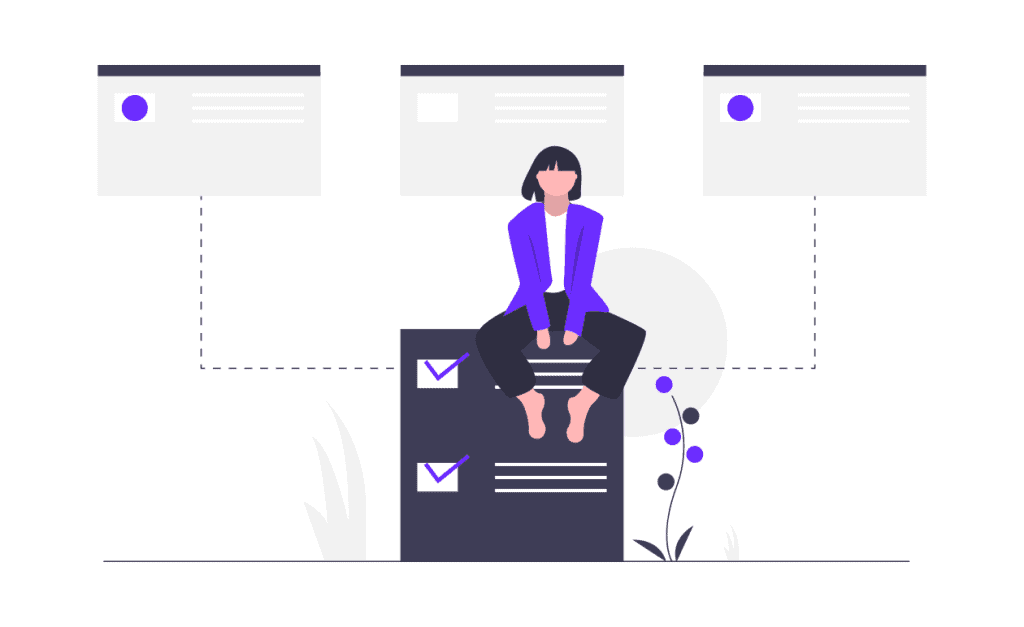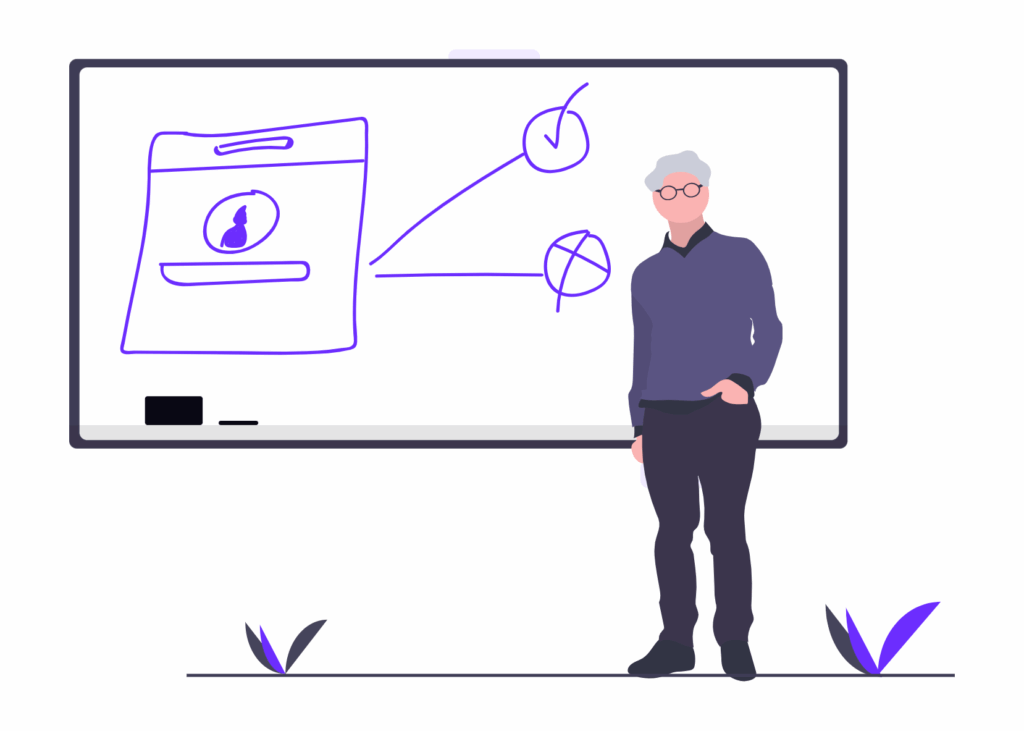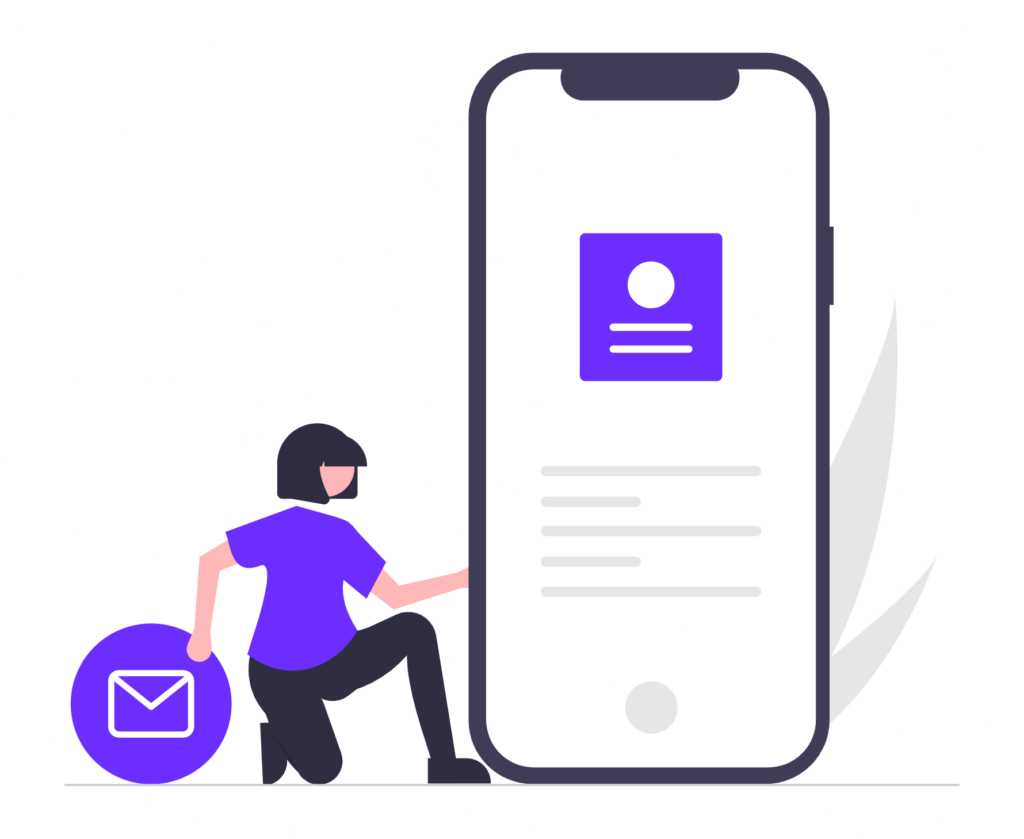We are going through a massive shift in terms of the way we purchase and utilize the software.
It has been more than a decade that SAAS companies have become huge players in the tech industry. Salesforce brought software to the cloud a decade ago. Apple started providing incredible user experience over a decade ago.
The market is flooded with B2B SAAS products, with a new product launching every other day. Every new product expects to meet every need of its target audience.
Today, businesses rely on a single product as their primary vehicle to acquire, activate, and retain consumers. If you’re operating one such company or plan to build one, you need to know about product-led growth.
This guide talks about product-led growth, actionable steps to build a product that can enable product-led growth, and its benefits.
Let’s get started.
*Disclosure: I only recommend products I would use myself, and all opinions expressed here are my own. This post may contain affiliate links that at no additional cost to you, I may earn a small commission.
What is Product-Led Growth?
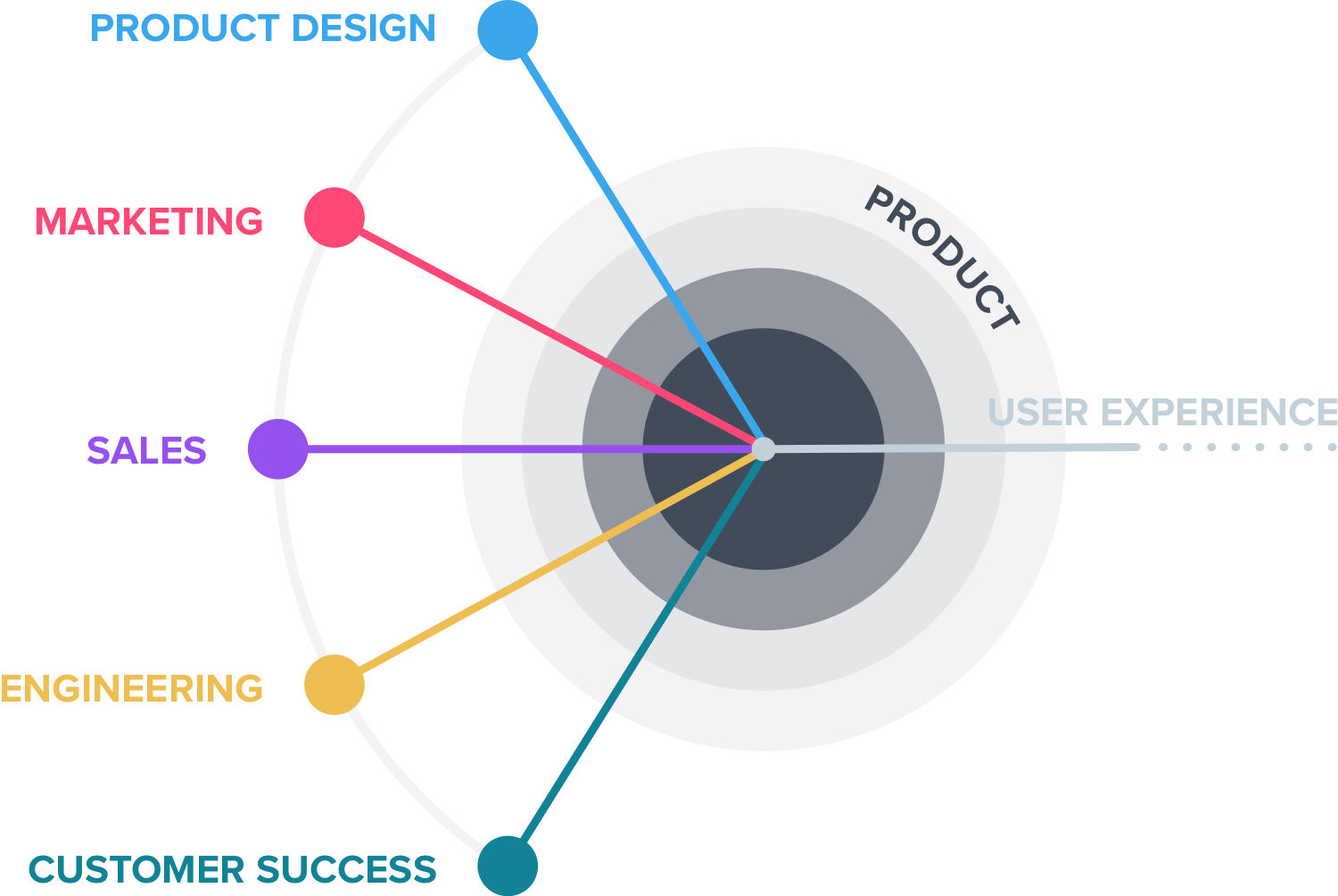
It’s a business methodology where the product drives consumer acquisition, activation, expansion, and retention. At its core, it’s an end-user-focused model where the product itself does all the work from consumer acquisition to retention.
New SAAS companies with product-led growth strategy—think SAAS companies such as Slack, Dropbox, Expensify, etc.—all leveraged their products to acquire consumers, expand their consumer base, and retain them over a long period.
PLG is more than a simple go-to-market strategy. Even if its consumers are large enterprises, any company can adopt a product-led growth model to improve its user experience.
Product-led growth is a market strategy that is here to stay for a long time. So it’s better to dive into it now.
The buyer is no more the center of power. Companies focus on end-user experience because the end-users expect products to deliver an exceptional experience. This demand from end-users is the result of the consumerization of software.
Today, we are living in an end-user-focused era. If you plan to launch a new product, you must rise to meet the end-user demands to succeed. It requires you to develop a product that targets the end-users pain point, resolve them, and finally distribute your product correctly.
PLG is often defined as a go-to-market strategy. That’s because the product is at the helm. It serves as a company-wide plan of action. This strategy informs all the departments of the company how to measure success and contribute to growth.
With your product-led growth model, ensure the following considerations:
- Ensure that you’re selling your product to users, not buyers.
- A product-led growth business relies on virality and word of mouth. Though your product acquires consumers itself, happy users spread the word about your product and invite others to use it.
- Make your product trustworthy and highly reliable. It should provide more value with a better user experience than your competitors
- Users should turn into consumers because of the value your product delivers and without any human involvement.
A product-led growth strategy is entirely a go-to-market strategy that will impact the way software companies go about their marketing.
How to Build a Product for End-users?

If you want to develop an end-user-focused product, you need to ensure your product stands on these three pillars.
Let’s talk about them.
Today, end-users are in the driver’s seat. It’s no more about developing products for buyers. If your target is product-led growth, build a product with a mind design that favors your end-users. End users are people, and they seek solutions. They want products to make their life easy by solving their pains.
To design for your end-users, you need to ensure:
- You understand your target audience comprehensively
- You’re aware of their problems
- Develop your product to solve their specific problems effectively
- Your end-users must be your priority
- After developing your product, commit to making consistent improvements.
Companies with a new product often commit the mistake of trying to capture the value without delivering any value to new customers. The key to building long-term and good relationships with your consumers is giving and taking. If you want to capture value, then make sure to deliver value first.
To deliver value to your consumers, you can adopt a short time value approach. In this approach, companies let their target consumers access certain features of the product. The purpose is to deliver value and convince them to opt for a paid version. This model’s typical approach is to offer a free trial, freemium model, or open-source model.
Your product should prove its value to your consumers to ensure that you capture value. This happens when your user signs up for the product and provides credit card information after concluding the trial period.
Your product should prove its value to the user by solving their specific problems and making life easy. Make sure to take the user to the critical “aha moment” where users realize how exactly your product will ease their life.
It requires you to not only add valuable features and functionalities but also remove barriers to delivering value.
- Keep the initial experience simple.
- If your product requires human touchpoints, prioritize customer success before sales. It enables you to deliver value and convince users to view your product as highly valuable.
- Produce rich documentation and technologies to enable quick and efficient integration, so users perceive you as a consumer-first company. It is essential when your product requires the user to make an up-front investment of time.
Whether your business model is low-touch or high touch, make the user’s life easy. You should reduce potential barriers to the solution of a user’s problems. If you can do this well, your journey to building a successful product-led growth business becomes easy.
Creating software costs you more money in the start because you’re not getting anything out of it. However, when you’re delivering professional services, it doesn’t cost much.
Once you have made an upfront investment in developing your software, delivering value to your consumers costs nothing. It makes sense to invest in software instead of delivering professional services. In the longer run, upfront investment provides more benefits and yields more profit.
The same thing is applicable when you bring a new product to the market. When you introduce professional services, enable users, and try to capture value, the marginal cost is high—on the other hand, doing the same with your software costs dramatically less.
If you want to build a product-leg growth company, incorporate this insight into your market strategy. Invest in your product with the intent of using your product as a driver for consumer acquisition, expansion, and retention.
You can do so by:
- Enabling your product to collect robust data. It will allow you to track user behavior, analyze it, and unearth valuable insights.
- Designing a growth function to ensure that your product increases its own distribution and captures value itself.
- Experimenting with new ideas to improve the user journey.
You might want to read:
How to Distribute your Product?
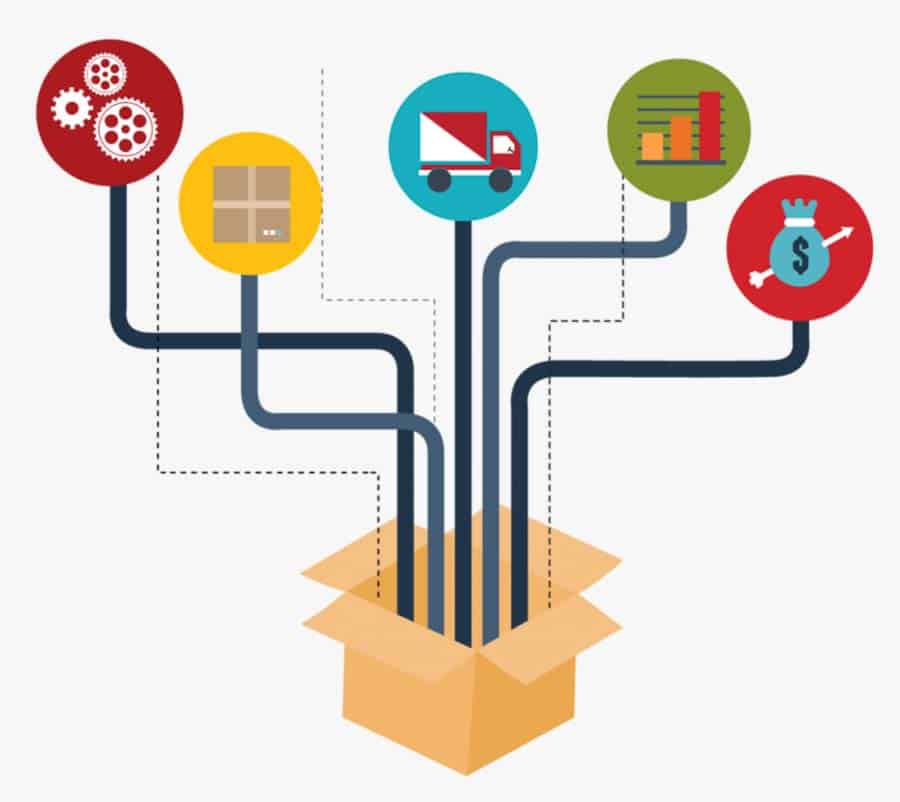
After building a new product for end-users, it’s time to distribute it. This is where many people go wrong by not ensuring that the product gets into the target audience’s hands.
It’s tempting to try to sell your product to the manager or executive of a team. Your product is designed to solve the pain of the end-user. They might be the people in a team or individuals. An executive just won’t understand the value of your product.
To align your distribution strategy, think like a customer. It will help you better understand the consumer’s buying process. You can then leverage the understanding to influence the consumer’s buying decision.
To ensure effective distribution of your end-user-focused product, follow the below ways:
You know your consumers and their pain points. Your product solves their problems. And, it is your responsibility to deliver your product and let your product do the rest.
You need to determine where your users live (technological platform) and ensure your product’s availability in that environment.
- If your consumers are online merchants, you can find them on Shopify.
- Non-desk workers live on smartphones.
- People interacting and learning remotely are ‘living’ in Zoom.
If your product solves users’ problems living in any of the above environments, make sure your product is available on that specific platform.
Depending on where your users live, ensure that your product is available on App Store, Play Store, Chrome Web Store, Slack App Library, and so on.
Onboarding should be a straightforward process. You need to bring ease to your end-users lives, so ensure that the onboarding process is simple.
Once your consumer has your product in hand, it should be easier for them to get started. If a product makes them wait or take the longer route to get them onboard/signup, they feel annoyed.
One of the best ways to avoid friction is to think like a consumer when designing the onboarding process. Just like you wouldn’t want to talk to a sales representative to order something online, your consumers don’t want human interaction when onboarding.
The process should be simple:
- Signup
- Ts & Cs
- Automated onboarding
- Documentation
- Bots
- Community
Once you have onboarded your consumer, the product should immediately solve the problem. This should happen before the introduction of the paywall.
Do you think consumers will pay any subscription fee without experiencing the value of the product? Chances are rare! Think like a consumer. You would only purchase a product once the product has assured you that it can really ease your life. Similarly, your consumers will provide value to your business once you have delivered value to them.
If you put the paywall before delivering value to your consumers, it will kill your conversion rate.
Despite all the importance of a customer support team, you don’t need it right away for your business. In a PLG model, you can get consumers without having a support team.
Companies used to hire salespeople first; now, you should build a support team or hire salespeople last.
The product should be an end-user magnet. Once you have end-users using your product, it’s time to build an efficient and professional support team to serve your consumers.
You can also use tools created to this end to remove the necessity of a support team. Customerly is one example of a tool created to provide customer service effortlessly.
You might want to read:
The Benefits of Product-Led Growth.
The benefits of product-led growth include faster and efficient growth. You can realize this benefit at every phase of the consumer journey.
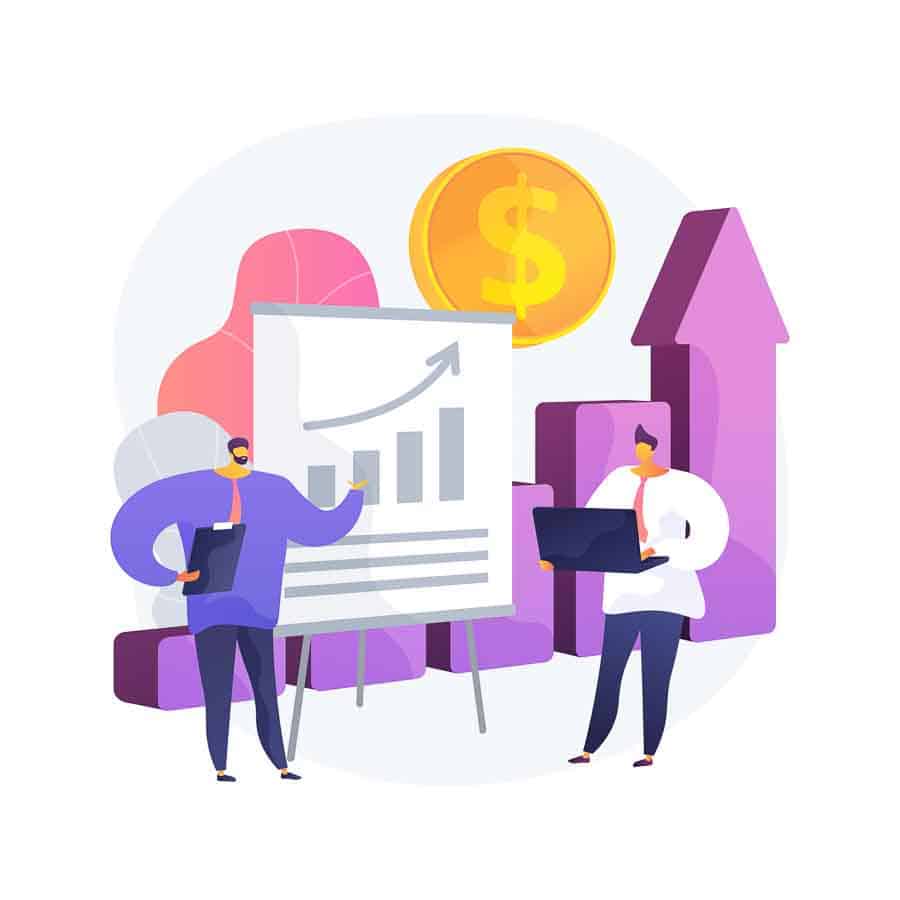
Often, the most significant chunk of the budget goes to marketing. Companies spend thousands of dollars on marketing their services or products. If your company uses Slack, Dropbox, Calendly, etc., chances are they heard about it from someone else. It might not be the case that you or your company adopted these after seeing an ad about them.
The idea behind product-led growth is to make your product so good that it infiltrates the market and grows on its own. Without spending a huge budget on their marketing, such products acquire customers on their own.
This scenario is common in the product-led growth model. If your product has all the built-in features and functionalities that your target audience needs, you don’t need a marketing team. All you need to do is to make your product great. It eventually leads to lower acquisition costs.
Product-led growth enables you to reduce churn.
When you have product-led growth, it makes it easier for your salespeople to find more qualified leads. They can know who’s really getting the value out of your product.
Similarly, your customer success team needs to know who is not getting the value out of your product. Those people might be missing out on some features they need. If your product lacks those features, they won’t be getting the value out of your product.
With a product-led growth model, your customer success team has data on user engagement. They can analyze the data and extract singular insight into who’s getting the value and who’s not. It enables them to better tailor their upsell and reduce churn.
It’s simple: the PLG model enables you to improve the user experience. You don’t have to make any effort to make users purchase your product. Users find value and then buy your product.
There’s no promise of delivering value. The user expects it to be valuable, and the product is just valuable.
In the PLG model, user onboarding is straightforward; they can buy whenever they feel the need to buy. When your product is the center of your company, your complete focus remains on improving the product. You constantly receive user feedback and user engagement data, analyze it, and improve user experience based on data.
Conclusion- Is product-led growth The Future?
When you have a product-led growth model, it changes your way of thinking about your product and users. When your users become the priority, it increases your chances of success.
Modern businesses seek products or software that can improve the coordination between task management and so on. Here, the end-user is the team, not the leader of the company. With a product-led growth model, you focus on the pain points of the team. Modern business buyers want to see value in a product, not just trust value exists.
Modern businesses have products that fulfill any given responsibility. With a product-led growth model, you can show that your product offers the best solution.
Now is your turn!
Did you find this guide to product-led growth useful?
Leave a comment with your answer below.
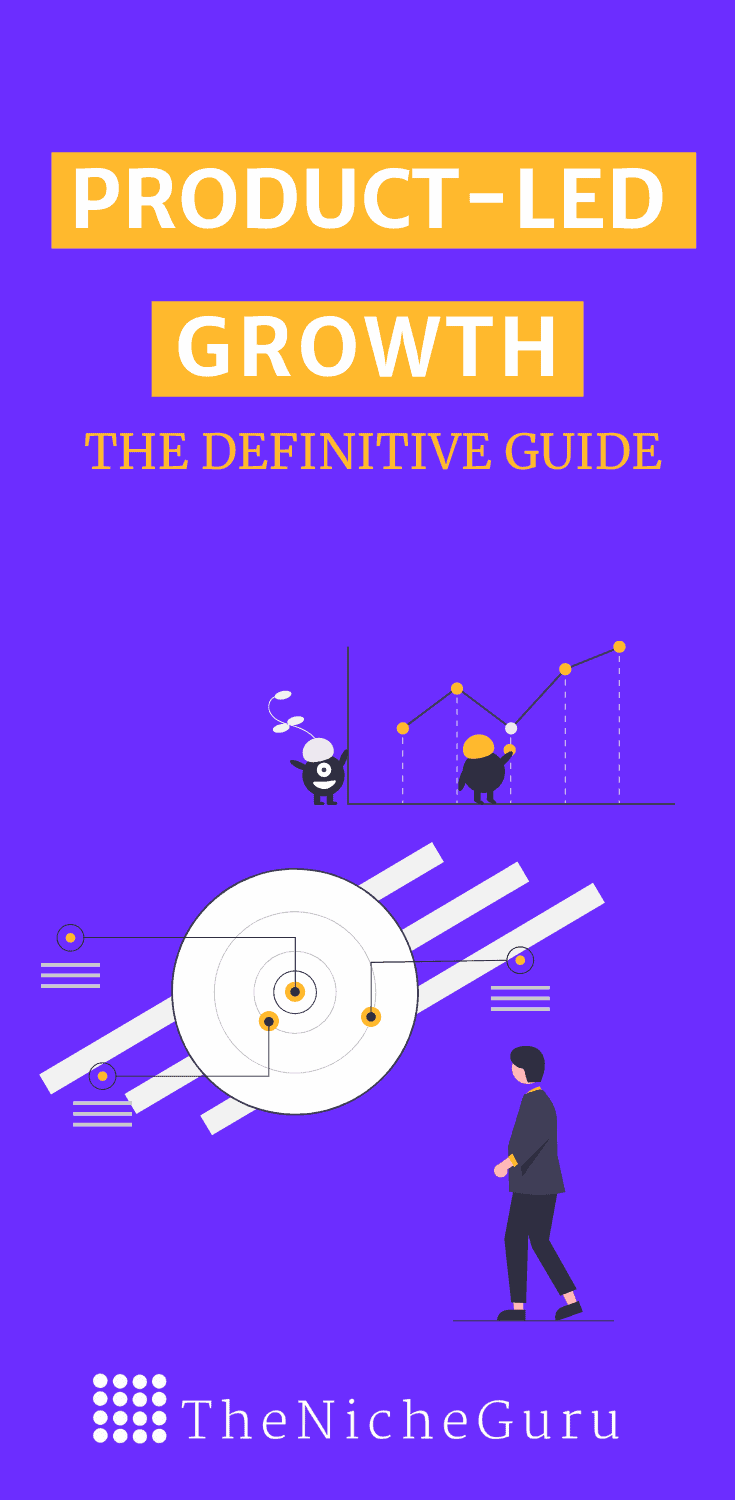
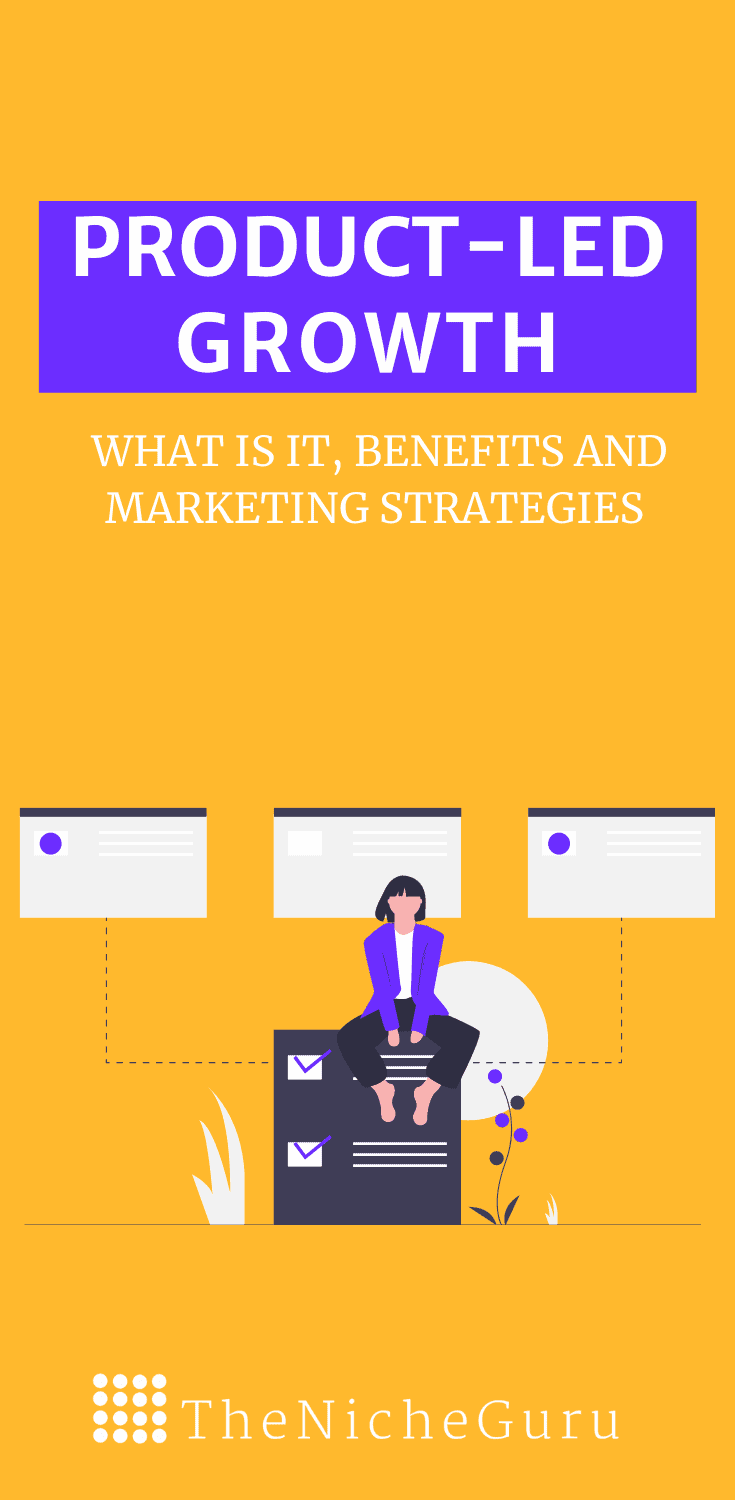
RELATED CONTENT
Is an AI Tutor the Future of Learning? You are about to Find out!
If you’ve been exploring ways to level up your skills or carve out a unique…
Fax vs. Email: When to Use Online Fax for Secure Business Wins
When you’re handling important business communication, you want to be sure your messages stay private…
What Makes a Hosting Solution Stand Out in a Crowded Market?
When I built my first website, I was just excited to see my idea come…
Email Marketing for Small Business: Niche Strategies for 2025 Success
Email marketing has emerged as a vital tool for small businesses, especially those operating in…
